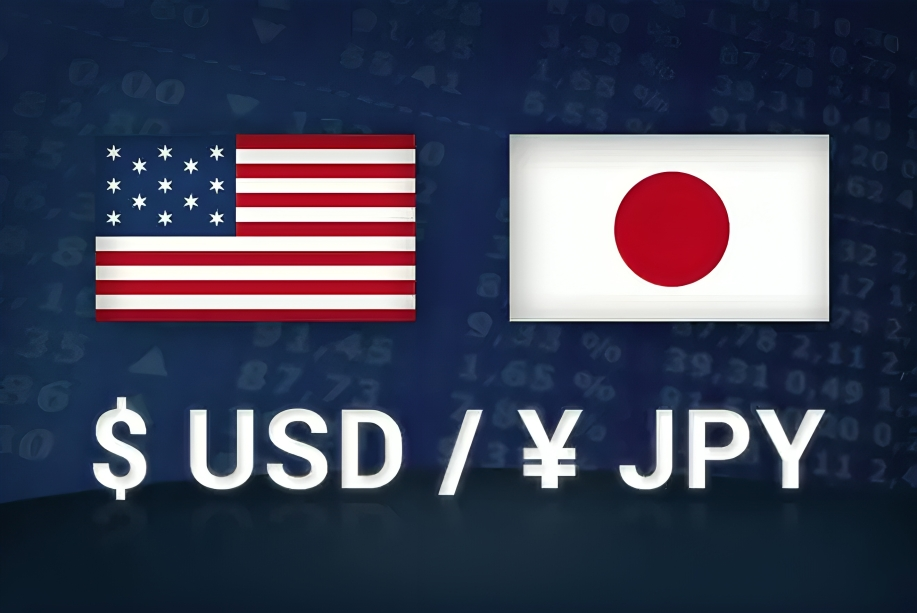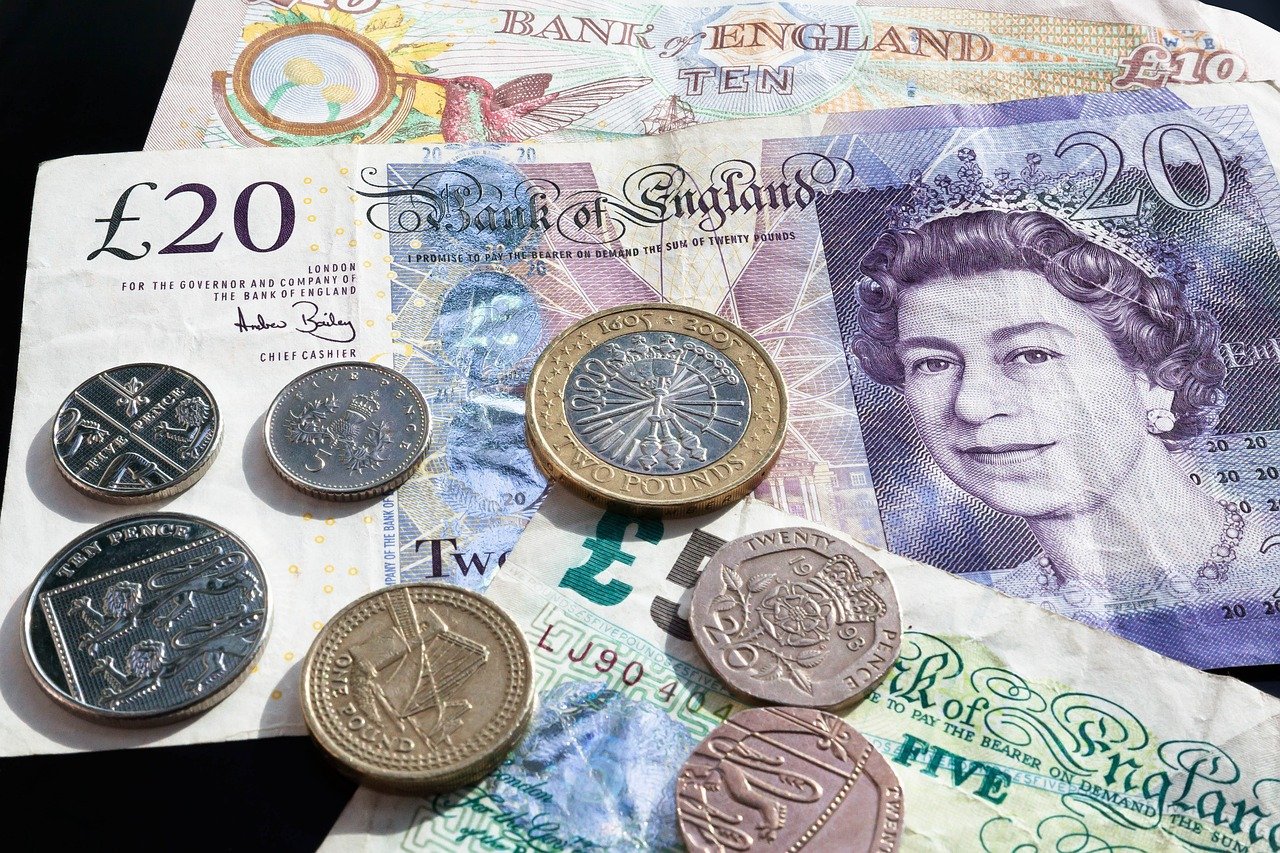Japanese Yen Loses Ground Amid BoJ Dovish Outlook and Fed Moderate Stance
The Japanese Yen (JPY) has been facing significant pressure for two consecutive days, following the release of the Bank of Japan’s (BoJ) Summary of Opinions from September’s Monetary Policy Meeting. This dovish stance, combined with recent U.S. Federal Reserve (Fed) announcements, has left the yen struggling against the U.S. dollar (USD), as the USD/JPY pair climbs above 144.00.
BoJ’s Summary Indicates No Immediate Rate Hikes
The latest BoJ Summary of Opinions, released on Tuesday, suggests that the central bank has no immediate plans for additional rate hikes, as it prioritizes stability and cautious communication. The BoJ intends to maintain its ultra-loose monetary policy for the foreseeable future, unless there are substantial improvements in economic conditions. This stance is putting downward pressure on the yen, with the central bank emphasizing a need to monitor inflation and broader economic developments before making any further changes.
Focus on Stability and Communication
The BoJ’s decision to maintain its accommodative stance reflects Japan’s delicate economic recovery. With inflation in Japan still lagging behind other major economies, the BoJ is taking a more cautious approach to tightening its monetary policy. While the central bank has signaled openness to adjustments if inflation risks escalate, it remains hesitant to introduce rate hikes prematurely.
This dovish tone has weighed heavily on the yen, pushing it lower as traders adjust their expectations regarding future monetary policy decisions.
Japanese Economic Data: Mixed Signals
Japan’s latest economic indicators present a mixed picture. The Tankan Large Manufacturing Index, a key measure of business conditions for large manufacturing companies, remained steady at 13 points in the third quarter, matching market expectations. While this stability is a positive sign for the economy, it has done little to support the yen amid broader concerns over the BoJ’s monetary policy.
Improved Unemployment Rate
In contrast, Japan’s unemployment rate showed improvement in August, falling to 2.5% from 2.7% in July, better than market forecasts of 2.6%. This unexpected drop suggests that Japan’s labor market is tightening, which could potentially lead to increased wage pressures and support higher inflation in the future. However, the BoJ’s cautious approach to policy tightening indicates that it is not yet prepared to act on these signals.
Political Influence on the Yen
Adding to the yen’s weakness are comments from Japan’s upcoming Prime Minister, Shigeru Ishiba. The former Defense Chief, who is set to take office soon, expressed a preference for continuing the country’s accommodative monetary policy to support Japan’s fragile economic recovery. His dovish tone aligns with the BoJ’s stance and has added further downward pressure on the yen, as traders anticipate a prolonged period of low interest rates in Japan.
Low Borrowing Costs to Continue
Ishiba’s comments underline the necessity of maintaining low borrowing costs in the current economic environment. As Japan continues to recover from the impacts of the pandemic, both the government and central bank are committed to ensuring that monetary policy remains supportive. This has led to an increased likelihood of further yen depreciation as traders bet against any imminent policy tightening.
U.S. Dollar Strengthens on Fed’s Moderate Stance
The U.S. dollar, meanwhile, is gaining ground following recent remarks from Federal Reserve Chair Jerome Powell. On Monday, Powell emphasized that the Fed is not in a rush to implement aggressive rate cuts, despite a 50 basis point reduction in September. He suggested that future rate changes would likely be more modest, reinforcing the perception that the Fed will continue its cautious approach to monetary policy.
CME FedWatch Tool: Market Expectations
According to the CME FedWatch Tool, markets are now assigning a 61.8% probability to a 25 basis point rate cut by the Federal Reserve in November. This is a decrease from earlier predictions of a more aggressive rate cut, with the likelihood of a 50 basis point cut dropping to 38.2%, down from 53.3% a day earlier. This shift in expectations has bolstered the U.S. dollar, as traders adjust their outlook for future Fed policy.
Japanese Retail Trade Surpasses Expectations
Another notable factor impacting the yen is Japan’s latest retail trade data. Retail trade in Japan increased by 2.8% year-on-year in August, surpassing market expectations of 2.3% and slightly exceeding the revised 2.7% gain from the previous month. On a month-over-month basis, seasonally adjusted retail trade rose by 0.8%, marking the largest increase in three months. While this data signals that consumer spending is improving, it has not been enough to counter the yen’s depreciation amid the broader economic backdrop.
BoJ Members Remain Divided on Future Rate Hikes
The Bank of Japan’s Monetary Policy Meeting Minutes, released earlier this week, highlighted a division among BoJ members regarding the appropriateness of future rate hikes. Some members expressed concerns about inflation potentially exceeding targets, suggesting that a rate increase to 0.25% may be suitable to adjust the level of monetary support. Others, however, argued that a more moderate adjustment would be more appropriate given the current economic conditions.
This division within the BoJ reflects the uncertainty surrounding Japan’s economic outlook and has further contributed to the yen’s struggles.
USD/JPY Technical Analysis: Bullish Bias Remains
From a technical perspective, the USD/JPY pair remains bullish, trading around 144.10 on Tuesday. The pair has re-entered its ascending channel pattern, suggesting that the bullish trend remains intact. Additionally, the 14-day Relative Strength Index (RSI) is just below the 50 level. A break above this level could confirm further bullish momentum for the pair.
Key Resistance Levels
The USD/JPY pair faces resistance at the upper boundary of the ascending channel around 146.50, followed by its five-week high of 147.21, recorded in early September. If the pair manages to break through these levels, it could signal a continuation of the upward trend.
Key Support Levels
On the downside, immediate support is seen at the nine-day Exponential Moving Average (EMA) around 143.51, followed by the lower boundary of the ascending channel at 142.80. A break below this level could lead the USD/JPY pair toward the 139.58 region, marking the lowest point since June 2023.
Conclusion
In conclusion, the Japanese yen continues to face downward pressure due to the Bank of Japan’s dovish stance, mixed economic data, and dovish political comments from Japan’s upcoming prime minister. Meanwhile, the U.S. dollar remains strong, supported by the Fed’s cautious approach to rate cuts. As the USD/JPY pair climbs above 144.00, traders are watching closely for key technical levels that could signal the pair’s next move.




